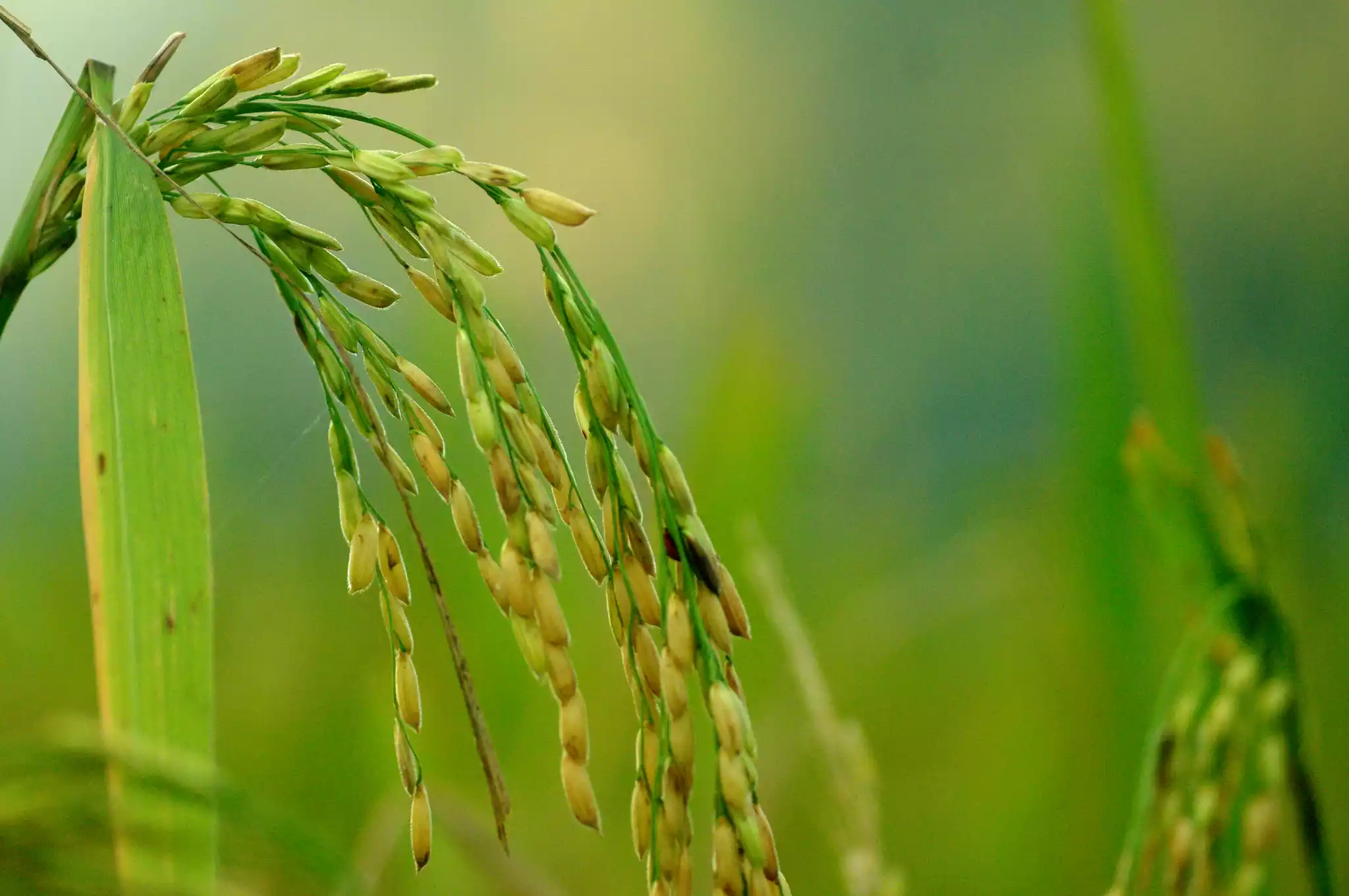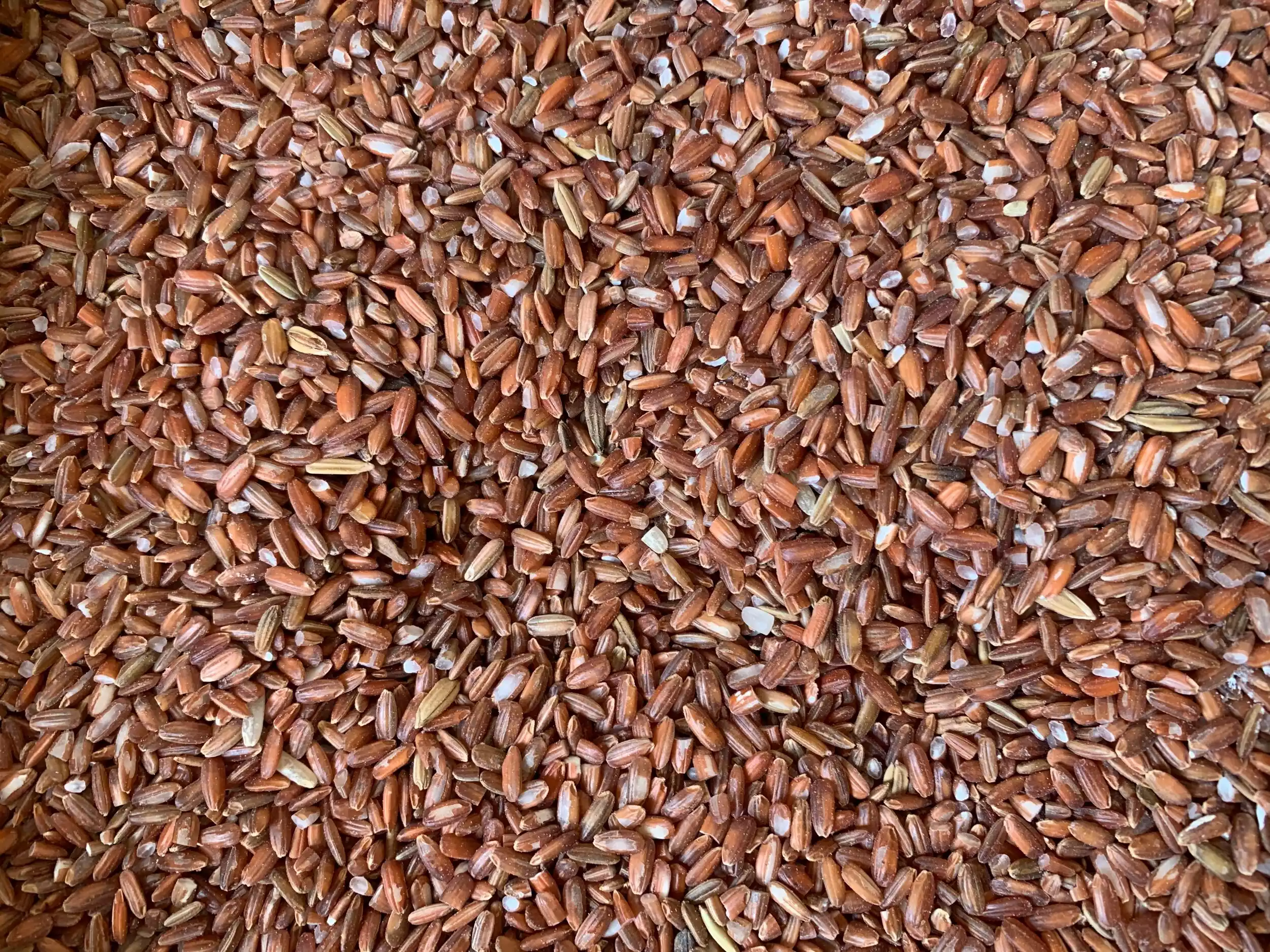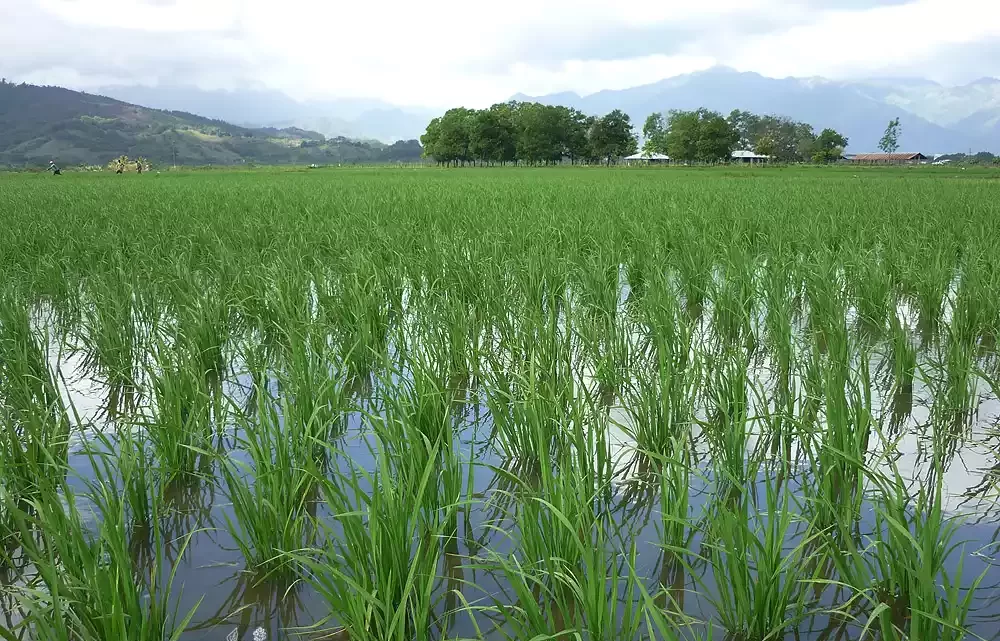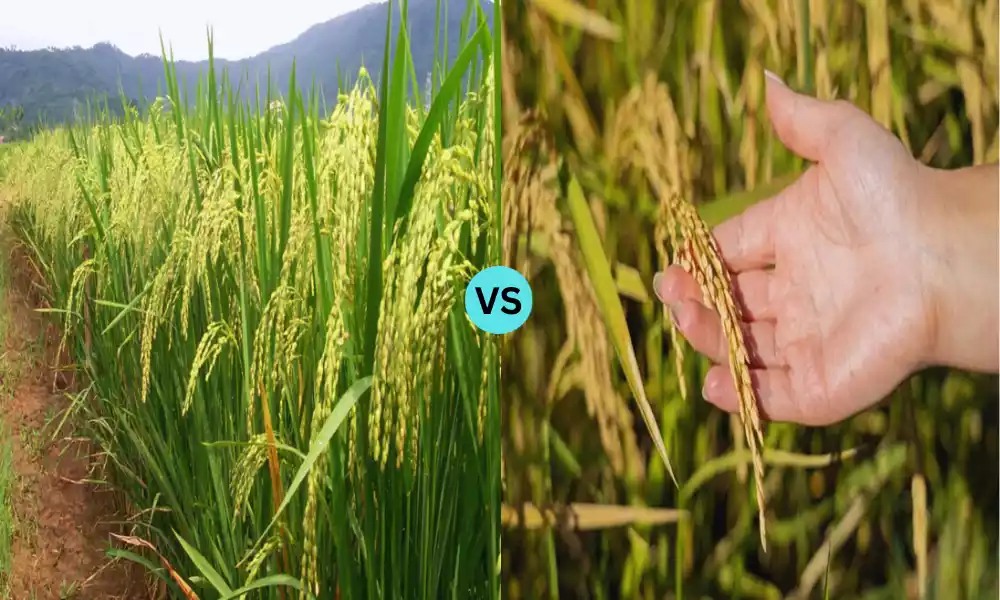Introduction
The cultivation of rice is deep-rooted in the history of agriculture, playing a pivotal role in the sustenance of numerous societies across the globe. Among the different species of rice, Oryza Sativa and Oryza Glaberrima stand out due to their distinct properties, uses, and significance. This article endeavors to shed light on these two rice species, highlighting their differences, cultivation methods, economic impact, and more.
Definition of Oryza Sativa
Oryza Sativa, commonly known as Asian rice, is a staple for over half of the world’s population. It has two major subspecies: the Japonica and the Indica. Japonica rice grains are short and sticky when cooked, making them ideal for sushi. In contrast, Indica rice grains are long and non-sticky. Originating from the deltas of the Yangtze River in China, this rice has proliferated across Asia and other continents.

Definition of Oryza Glaberrima
Often referred to as African rice, Oryza Glaberrima is indigenous to West Africa. It has been cultivated for over 3,000 years in countries like Mali, Senegal, and Guinea. Adapted to the diverse climates of the African continent, this rice species can withstand heavier rainfalls and more prolonged flooding than its Asian counterpart.

Comparison Table of Oryza Sativa and Oryza Glaberrima
Here’s a comparison table that outlines the key differences between Oryza Sativa and Oryza Glaberrima:
| Feature | Oryza Sativa | Oryza Glaberrima |
|---|---|---|
| Origin | Asia | West Africa |
| Subspecies | Japonica, Indica | None prominent |
| Grain Texture | Can be long, slender (Indica) or short, round (Japonica) | Typically short, round |
| Disease Resistance | Variable depending on the variety and region | Often shows higher resistance to local African diseases and pests |
| Primary Cultivation Region | Asia, Americas, parts of Europe | West and Central Africa |
| Culinary Characteristics | Variable stickiness (e.g., Japonica is sticky, Indica is non-sticky) | Typically stickier than Oryza Sativa varieties |
| Cultural Significance | Integral to many Asian cultures, religious rituals, festivals | Holds significance in West African cultures, traditional ceremonies |
| Cultivation Method | Predominantly paddy farming in flooded fields | Can withstand upland environments without persistent flooding |
| Economic Impact | Major global trade commodity, especially from Asian countries | Significant for local economies in West Africa but limited global trade |
| Genetic Diversity | Extensive due to widespread cultivation and breeding | Less extensive compared to Oryza Sativa, but unique to its species |
While the above table summarizes the general differences, there’s considerable variation within each species due to the influence of local environments, cultivation methods, and cultural practices.
Cultivation and Production

Oryza Sativa:
- Climate: Prefers warm, humid climates.
- Soil: Thrives in well-drained loamy or clayey soils.
- Methods: Primarily wet (paddy) farming but also dry/upland farming; newer techniques include System of Rice Intensification (SRI).
- Harvesting: Drained fields; grains separated post-harvest.
- Milling: Industrial and traditional; produces white or brown rice.
Oryza Glaberrima:
- Climate: Adaptable to West African climates; tolerates varied conditions.
- Soil: Can endure iron-toxic soils.
- Methods: Typically rainfed cultivation in upland environments; can be grown in flooded fields.
- Harvesting: Similar to Oryza Sativa; grains threshed post-harvest.
- Milling: Less industrialized; more traditional methods prevail.
While Oryza Sativa is a global staple with diverse cultivation methods, Oryza Glaberrima showcases resilience specific to West African environments and relies more on traditional farming practices.
Economic Impact
Below is the economic impact of Oryza Sativa and Oryza Glaberrima:
Oryza Sativa:
- Global Influence: Major agricultural commodity for countries like China, India, and Thailand.
- Employment: Sustains millions in farming and associated sectors.
- Trade: Vital export product; countries like Thailand and Vietnam rely heavily on rice exports.
- Market Dynamics: Price fluctuations can sway national economies due to global demand and supply.
- R&D Investments: Significant funds directed towards enhancing yield and resilience.
Oryza Glaberrima:
- Regional Role: Crucial for West and Central African economies, although less globally widespread.
- Livelihoods: Supports numerous local farmers in regions of West Africa.
- Intra-Regional Trade: Vital for trade within West Africa, but limited global exports.
- Resilience Economic Value: Offers economic stability in challenging African terrains.
- Research Potential: Growing interest in tapping its unique attributes for broader food security.
While Oryza Sativa casts a broader global economic shadow, Oryza Glaberrima’s influence is keenly felt regionally, especially in parts of Africa, highlighting the diverse economic impacts of these rice species.
Culinary Uses
There are culinary uses of Oryza Sativa and Oryza Glaberrima:
Oryza Sativa:
- Variety: Splits into Japonica (sticky, used in sushi) and Indica (fluffier, used in dishes like biryani).
- Staple: Base for many Asian dishes, from fried rice to congee.
- Desserts: Used in sweet preparations like rice puddings and mochi.
- Beverages: Fermented to produce rice wines like sake and makgeolli.
Oryza Glaberrima:
- Texture: Often stickier than many Oryza Sativa varieties.
- Traditional Dishes: Forms the backbone of West African meals like jollof rice.
- Porridges: Cooked down to create hearty, filling porridges.
- Cultural Delicacies: Integral to specific regional dishes and ceremonies in West Africa.
While Oryza Sativa finds its way into diverse culinary creations worldwide, Oryza Glaberrima has carved a niche in West African cuisine, representing the rich culinary heritage of the region.
Cultural Significance
Cultural Significance of Oryza Sativa and Oryza Glaberrima:
Oryza Sativa:
- Festivals: Central to celebrations like China’s Dragon Boat Festival and India’s Pongal.
- Symbolism: Represents fertility, prosperity, and life in many Asian cultures.
- Rituals: Used in religious offerings, wedding ceremonies, and ancestral rites.
Oryza Glaberrima:
- Identity: Symbol of West African agricultural and culinary heritage.
- Traditions: Plays a role in rituals and ceremonies, marking life’s milestones.
- Storytelling: Its cultivation and history intertwined with local myths and legends.
Oryza Sativa is deeply woven into the cultural tapestry of many Asian societies, while Oryza Glaberrima stands as a testament to West African resilience, history, and tradition. Both species extend beyond mere sustenance, reflecting the rich cultural landscapes of their respective regions.
Current Research and Developments
Oryza Sativa:
- Genome Mapping: Advanced genetic studies to improve yield, disease resistance, and nutritional content.
- Climate Resilience: Development of drought and salinity-resistant strains to address climate change challenges.
- Nutrition Boost: Biofortification to increase essential nutrients like iron and zinc.
- Sustainable Cultivation: Exploring eco-friendly farming practices, including reduced water and pesticide usage.
Oryza Glaberrima:
- Harnessing Resilience: Leveraging its inherent tolerance to diseases and harsh conditions for global food security.
- Crossbreeding: Merging traits with Oryza Sativa to develop superior hybrid varieties.
- Local Ecosystems: Research to maximize its growth in native African soils and climates.
- Traditional Knowledge: Integrating indigenous agricultural practices with modern science for sustainable cultivation.
Modern research on both rice species is driven by the dual goals of enhancing agricultural productivity and addressing global food challenges, marrying technological advancements with time-tested traditional knowledge.
Challenges Faced
Both Oryza Sativa and Oryza Glaberrima, despite their significance in global and regional agriculture, face an array of challenges that influence their cultivation, yield, and broader impact.
Oryza Sativa:
- Pests and Diseases: Rice blast fungus, brown planthopper, and bacterial blight are among the major threats to Oryza Sativa cultivation.
- Climate Change: Changes in rainfall patterns, rising temperatures, and increased salinity in coastal regions affect rice yields. There’s a growing concern about the vulnerability of Oryza Sativa to unpredictable weather events.
- Water Scarcity: Traditional paddy cultivation demands substantial water, making Oryza Sativa farming challenging in regions with decreasing water availability.
- Decreasing Land Availability: Urbanization and industrialization lead to shrinking arable lands, affecting rice cultivation.
- Over-Reliance on Chemicals: Extensive use of pesticides and synthetic fertilizers impacts soil health and biodiversity and has potential health implications.
- Market Fluctuations: Price volatility in the global market affects farmers’ incomes, sometimes leading to economic hardships.
Oryza Glaberrima:
- Limited Recognition: Despite its potential benefits, Oryza Glaberrima is lesser-known and often overshadowed by the global dominance of Oryza Sativa.
- Genetic Erosion: Modern agricultural practices sometimes lead to a reduction in the genetic diversity of traditional Oryza Glaberrima varieties.
- Research Funding: Historically, there has been less investment in research and development for Oryza Glaberrima compared to Oryza Sativa.
- Modernization Pressure: Efforts to increase yields often push farmers towards Oryza Sativa, sidelining Oryza Glaberrima.
- Local Challenges: West African regions, where Oryza Glaberrima is primarily cultivated, face specific challenges like political instability, infrastructural issues, and limited access to modern farming tools.
- Adaptation Limits: Despite its resilience, there are limits to what Oryza Glaberrima can withstand, especially concerning extreme climatic changes.
While both rice species face their unique set of challenges, addressing them is crucial for food security, sustainable agriculture, and economic stability in many regions. Effective solutions will require a combination of technological innovations, policy interventions, and grassroots community involvement.
Conclusion
Understanding the distinctions between Oryza Sativa and Oryza Glaberrima is crucial for appreciating their respective contributions to global agriculture. Both play integral roles in their native regions, offering a blend of economic, culinary, and cultural significance. Embracing the strengths of each species can pave the way for a more sustainable and food-secure future.

